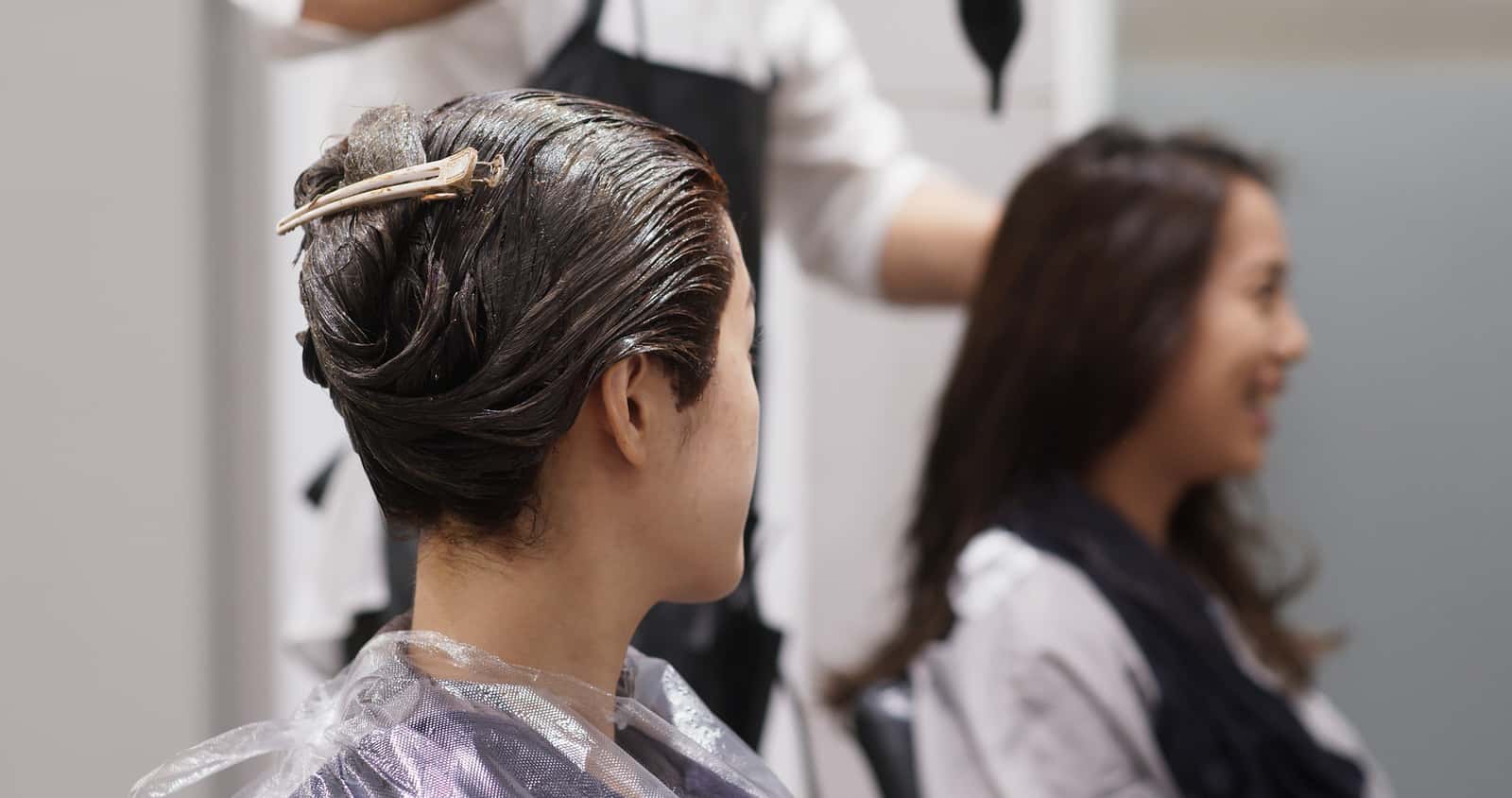
For many decades, scientists have been struggling with the question of whether hair dyes increase the risk of cancer.
In 1980 we wrote this in our book, The People’s Pharmacy-2 (Avon Books):
“Sometimes the FDA can’t do anything about hazardous products even though it wants to. Despite a sizable amount of evidence that many coal-tar dyes found in permanent hair colors are carcinogens, the FDA is powerless to protect the public from their inclusion in hair dyes because of a law that was passed in 1938 which forever exempts these dyes from regulation. All the bureaucrats can do is warn people of danger. And many hair dyes may be more dangerous than you suspect.”
The National Cancer Institute tested a bunch of ingredients in hair dyes and reported that many were carcinogens. Needless to say, the industry tried to belittle the significance of this research.
We wrote:
“But the real proof of the pudding came when researchers began calculating cancer incidence in people who came into contact with hair dyes–beauticians and women who frequently colored their hair. Two studies uncovered a higher rate of lung cancer among female hairdressers than among other women. And Investigators at New York University found that women over 50 who had used hair dyes for at least 10 years had a higher incidence of breast cancer than non-users. This study was particularly significant because into account both the amount of exposure the women had to hair dyes and the long lag time between use and the actual development of the disease.”
That was more than 40 years ago. Fast forward to 2019.
The Sister Study:
Hair dye manufacturers will say that the old chemicals are long gone and there is nothing to worry about these days. But what did they use to replace them? Is there still a risk from hair dyes?
Epidemiologists have come up with different answers to that question over the years, but they have not been able to lay it to rest. Now the Sister Study from the University of North Carolina and the National Institute of Environmental Health Sciences offers a new look at the problem (International Journal of Cancer, Dec. 4, 2019).
In this study, close to 47,000 women at higher than average risk of breast cancer answered questions about their usual practices and were followed up for more than eight years. Women who used permanent hair dyes or hair straighteners frequently were more likely to be diagnosed with breast cancer during the study time frame.
In particular, African American women were 45 percent more likely to get a breast cancer diagnosis if they used permanent hair coloring. White women also had an increased risk if they used permanent hair dye, but it was not as marked as that for women of color. The authors suggest that chemicals in hair products may play a role in promoting breast cancer.
This is not the first study to show a link between hair dye and breast cancer, nor will it be the last. Here is an article we wrote in 2017 about a study published in the journal Carcinogenesis (June 9, 2017).
Hair Dye & Breast Cancer
The Nurses’ Health Study Weighs in on Hair Dyes in 2020:
One of the largest and longest-lasting studies of women’s health has been running out of the Harvard School of Public Health for decades. The Nurses’ Health Study recruited 117,200 women nearly 40 years ago. They have been checking in with the researchers periodically ever since.
When this study began, none of the women had cancer (BMJ, Sep. 2, 2020). They all provided information on whether they used hair dyes (along with tons of other data on diet, exercise and health status). Most of the women who acknowledged using hair dye were no more likely to develop cancer than those who did not. Nor were they more likely to die from cancer.
There were a few exceptions, however, and they are worth noting. Consistent with the previous study, women who used permanent hair dye most frequently did have an increased risk of certain breast cancers: estrogen receptor negative, progesterone receptor negative and hormone receptor negative. In addition, they had a higher risk for ovarian cancer.
Women with naturally dark hair were more likely to report a diagnosis of Hodgkin lymphoma if they used permanent hair dye. On the other end of the hair color spectrum, hair dye users with naturally light hair had a greater chance of developing the skin cancer called basal cell carcinoma.
Citations
- Eberle, C. E., et al, "Hair dye and chemical straightener use and breast cancer risk in a large US population of black and white women." International Journal of Cancer, Dec. 4, 2019. https://doi.org/10.1002/ijc.32738
- Zhang Y et al, "Personal use of permanent hair dyes and cancer risk and mortality in US women: Prospective cohort study." BMJ, Sep. 2, 2020. DOI: 10.1136/bmj.m2942

